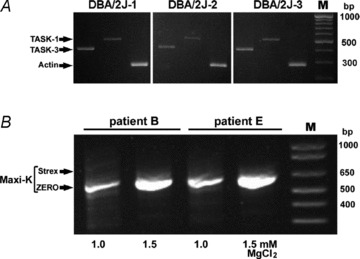Figure 3. Expression of TASK-like channels and Maxi-K in mouse and human carotid bodies analysed with PCR.

A, expression of TASK-1 and TASK-3 K+ channels in the DBA/2J mouse CB. cDNA from three DBA/2J mice (DBA/2J-1-3) was used as a template to generate TASK-1 (515 bp) and TASK-3 (413 bp) PCR fragments. Primer sequences and PCR conditions are described by Ortega-Saenz et al. (2010). Amplification of actin was used as a loading control. B, expression of splice variants of Maxi-K in the human CB. A set of primers generating 615 and/or 777 bp long amplicons indicative of the expression of ZERO (without the Strex exon) and/or Strex isoforms of Maxi-K, respectively, was used for PCR analysis of cDNA from two human CBs (patients B and E). Note the absence of the 777 bp fragment in both CBs under stringent (1.0 m MgCl2) and less stringent (1.5 mm MgCl2) PCR conditions. Even increased number of cycles (40) and lower annealing temperature (55°C) failed to produce the 777 bp amplicon (results not shown). An additional, more Strex-specific set of primers (see Methods) was similarly ineffective (results not shown). M, DNA ladder.
